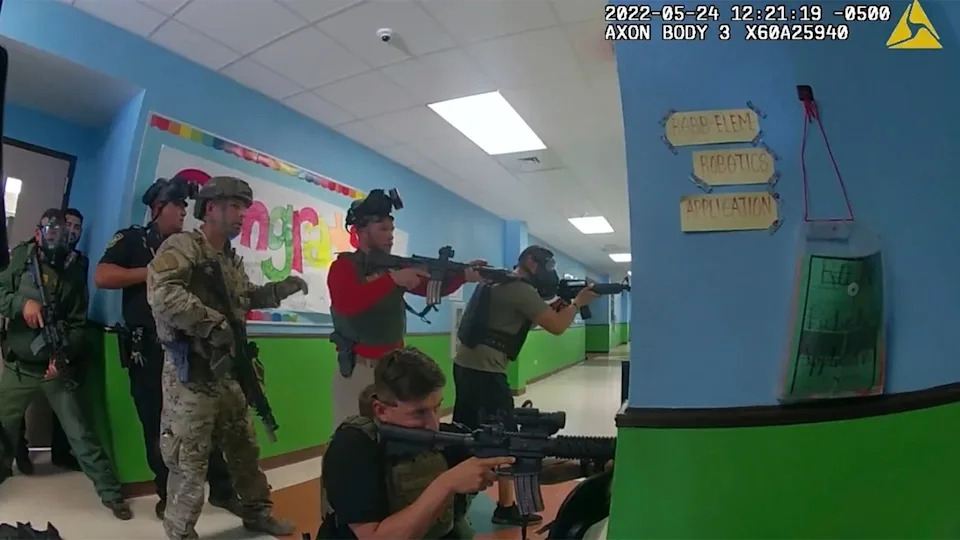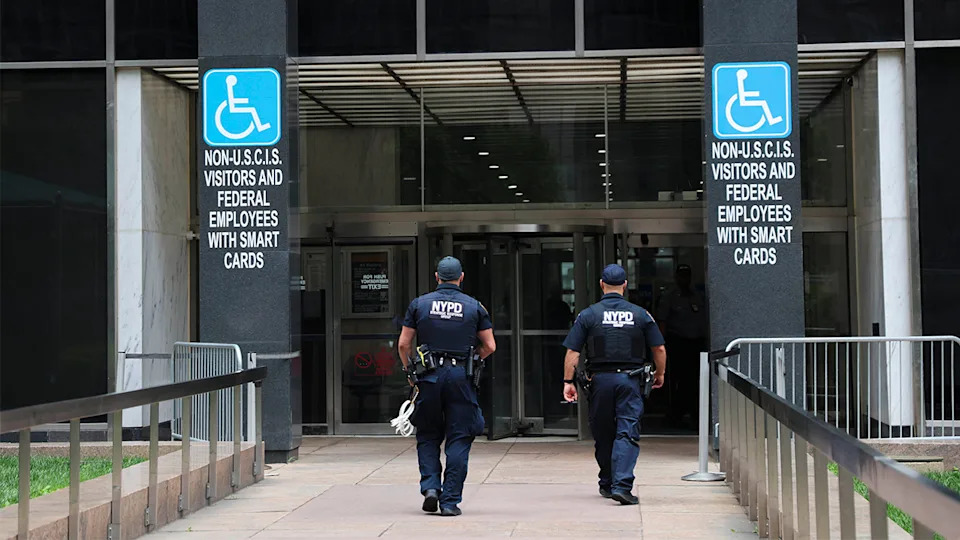NEW MEXICO (KRQE) – In the past seven years, rent in New Mexico has gone up by 60%. That’s double the national rate of increase, and in Santa Fe, it’s even higher, with an increase of 75% during the same period.
Affordable housing still a concern in Santa Fe
According to Alex Horowitz, project director of housing policy at The Pew Charitable Trusts, the primary driver of this trend is a severe lack of new housing construction. “New Mexico is the only state in the Southwest that has not passed state laws to allow more homes,” Horowitz said.
Horowitz presented findings from Pew’s latest study to the Economic and Rural Development Committee, revealing that New Mexico’s housing inventory has shrunk to just half of what it was in 2018. This shortage gives landlords a competitive edge, allowing them to raise rents significantly.
He emphasized that low- and middle-income residents are the most affected by the housing crisis. However, they also benefit the most when the housing supply increases. “The benefits are largest to low-income households because it takes the pressure off the housing stock. They don’t have to compete for their own homes with middle-income residents,” Horowitz explained.
When discussing why more homes are not being built, Horowitz pointed to regulatory barriers in local jurisdictions, including restrictive zoning laws, outdated building codes, and slow permitting processes. For example, many areas zoned for commercial use do not allow residential developments, severely limiting where new homes can be built.
“Action on housing used to be a local issue, but it’s now becoming a statewide concern,” Horowitz said, noting that 80 housing-related laws have been passed across various states this year alone. Many of those policies permit apartment construction in commercial zones.
He emphasized that this is the most effective policy tool available: “This is probably the single most effective policy change there is because it allows for a lot more homes in places where people go every day.”
Citing success elsewhere, Horowitz pointed to Minneapolis, where housing stock grew by 15% in the past seven years and rents decreased by 2%. By contrast, New Mexico’s housing stock grew only 3% in the same timeframe.
Although some municipalities, such as the City of Albuquerque, have started updating zoning codes to encourage development, Horowitz said New Mexico’s building codes remain largely outdated. “New Mexico’s building codes have not been modernized. Other states are modernizing their building codes to reduce construction costs in a way that doesn’t compromise safety,” he said. “The zoning [in NM] is still quite restrictive.”
Some Republican lawmakers expressed concern about shifting control to the state level.
Rep. Catherine Cullen (R- Rio Rancho) said she is not for it. “Local municipalities have their own local zoning and planning departments, and that fits within their own communities and what their communities want,” said Rep. Cullen.
Rep. Rod Montoya (R-San Juan) also highlighted the need for more skilled labor in the building trades. He added that he thinks rural communities are working to address housing challenges, but that Albuquerque’s inaction is creating a bottleneck for the rest of the state.
Whereas Sen. Angel Charley (D-Bernalillo, Cibola, McKinley, Socorro & Valencia) raised concerns about rural and tribal areas, saying there is a definite housing shortage in her district, which spans Bernalillo, Cibola, McKinley, Socorro & Valencia counties.
“I’m still wondering what the housing solutions are for rural New Mexico,” she said. “What are the housing solutions for tribal communities across New Mexico, which comprise the majority of our rural areas? I appreciate the conversation and look forward to moving actual policy forward.”
The study also proposed converting vacant office buildings into co-living, dorm-style housing—a more cost-effective approach. According to Horowitz, a $10 million subsidy in Albuquerque could produce either 43 studio apartments or 154 co-living units. “So [by developing co-housing units] subsidiary dollars can be stretched more than three times as far,” he said.
Sen. Antonio Maestas (D-Albuquerque) added, “It’s time to have a serious conversation at the state level. I’m hoping that a lot of these initiatives will be on the call—I’m confident that they will.”
The study gave a sobering statistic: 50% of renters in New Mexico spend at least one-third of their income on rent, and for one in four, it’s more than half.
Copyright 2025 Nexstar Media, Inc. All rights reserved. This material may not be published, broadcast, rewritten, or redistributed.








Comments